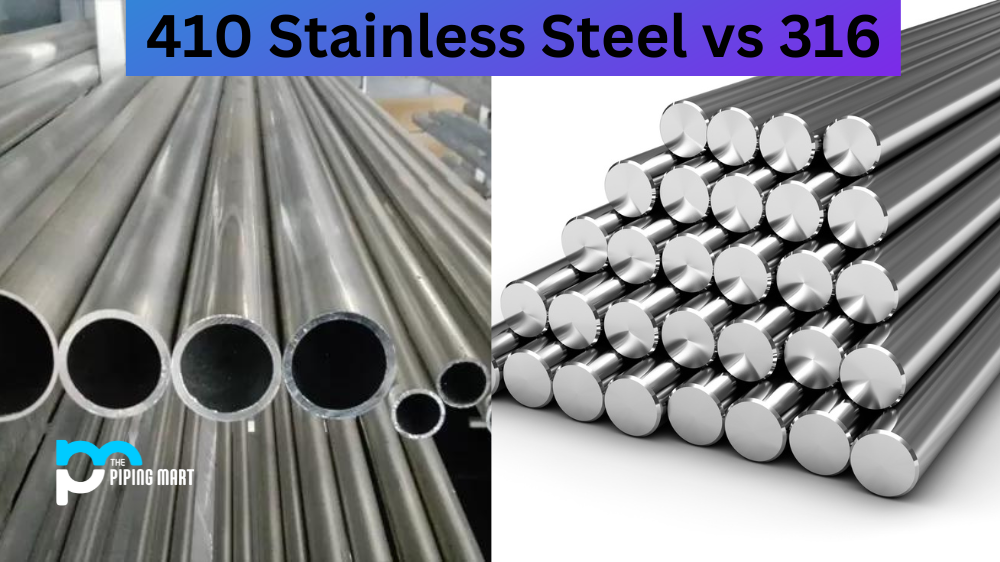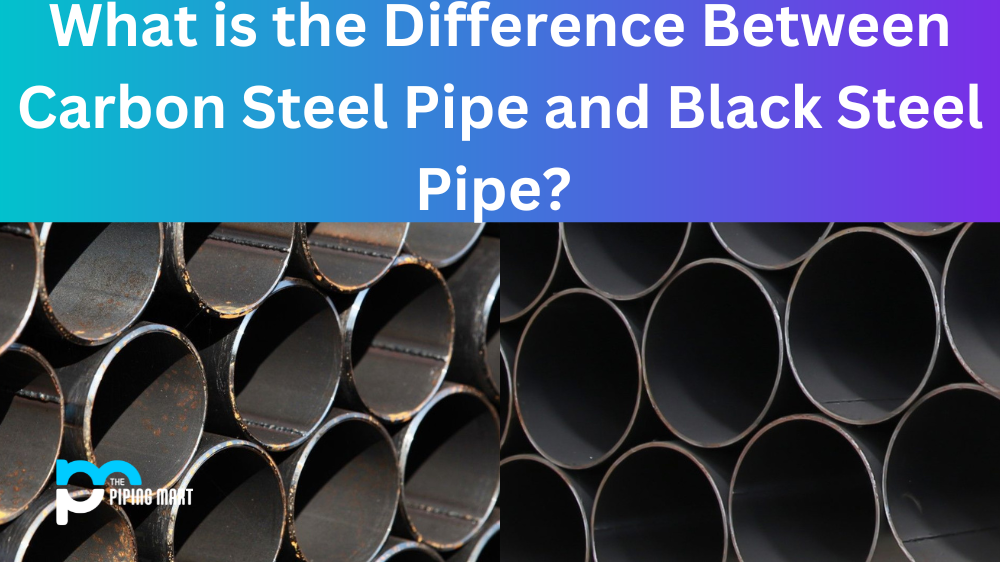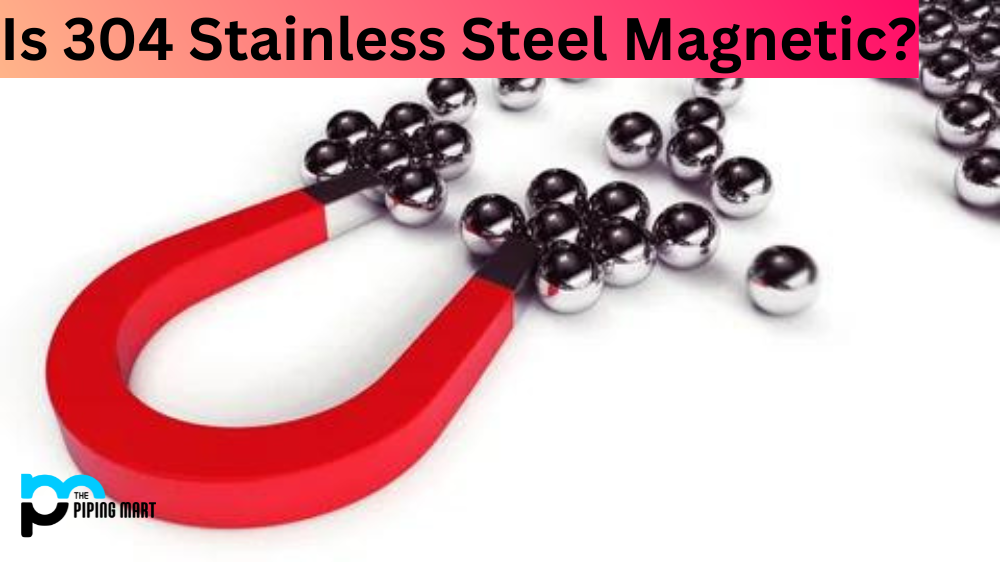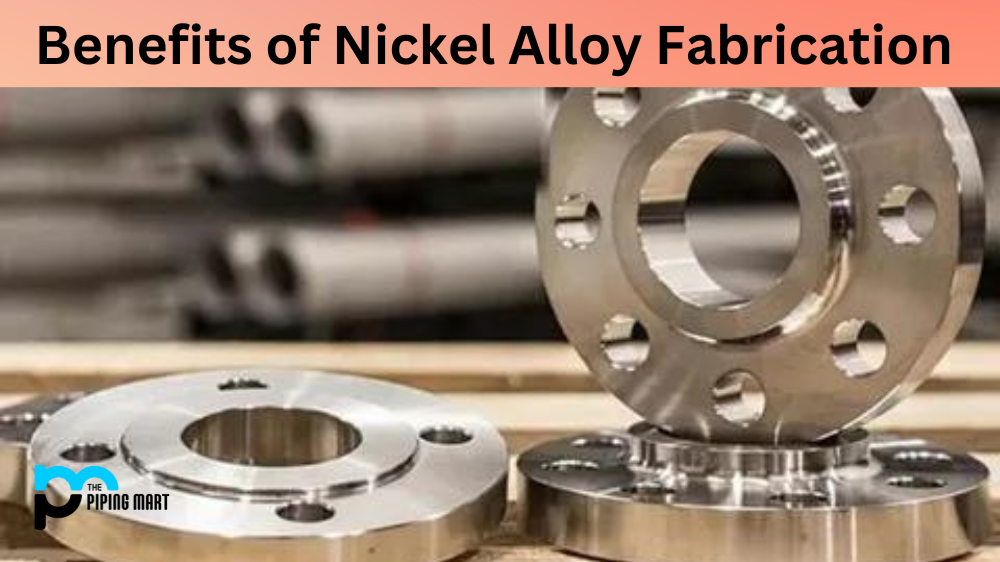Stainless steel is a popular metal alloy that is used in a wide range of applications. It is praised for its corrosion resistance, durability, and strength, making it a great choice for heavy-duty applications. Regarding stainless steel usage, there are two main types, 420 and 316. This blog post will discuss the differences between these two types of stainless steel, their benefits, and which would be a better choice for your project.
What is 420 Stainless Steel?
420 stainless steel is a high-carbon steel commonly used in producing knife blades and surgical instruments. It is known for its hardness, abrasion resistance, and ability to maintain shape when subjected to high temperatures. It is magnetic and falls under the category of martensitic stainless steel. 420 stainless steel is not recommended for applications that require high corrosion resistance.
What is 316 Stainless Steel?
316 stainless steel is a commonly used austenitic stainless steel containing molybdenum, increasing its corrosion resistance. It is used in various applications, including marine, pharmaceutical, food processing, and chemical processing industries. 316 stainless steel is known for its strength, durability, and high corrosion resistance. It is non-magnetic and has great welding properties.
Difference Between 420 Stainless Steel and 316
Comparing Both Types
Compared to 316 stainless steel, 420 stainless steel has lower corrosion resistance and higher hardness, making it ideal for applications that require high wear resistance but not high corrosion resistance. 316 stainless steel, on the other hand, has higher corrosion resistance, making it the ideal choice for applications that require exposure to corrosive environments. Regarding cost, 420 stainless steel is less expensive than 316 stainless steel.
Benefits of 420 and 316 Stainless Steel
420 stainless steel is often praised for its high hardness, wear resistance, and ability to maintain its shape under high temperatures. It is also less expensive than 316 stainless steel. Meanwhile, 316 stainless steel is known for its high corrosion resistance, weldability, and ability to maintain strength even at high temperatures.
Conclusion
Both 420 and 316 stainless steel have their strengths and weaknesses, but ultimately, the choice between them will depend on your project’s specific requirements. If you need a material that is more resistant to corrosion and can withstand exposure to corrosive environments, then 316 stainless steel is likely your better option. On the other hand, if you need a harder and more wear-resistant material, then 420 stainless steel is your best choice. Regardless of your choice, consult a professional to ensure you use the best material for your application.

A passionate metal industry expert and blogger. With over 5 years of experience in the field, Palak brings a wealth of knowledge and insight to her writing. Whether discussing the latest trends in the metal industry or sharing tips, she is dedicated to helping others succeed in the metal industry.




